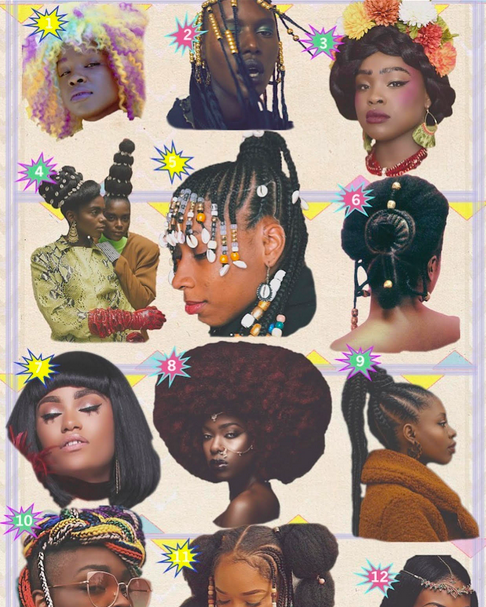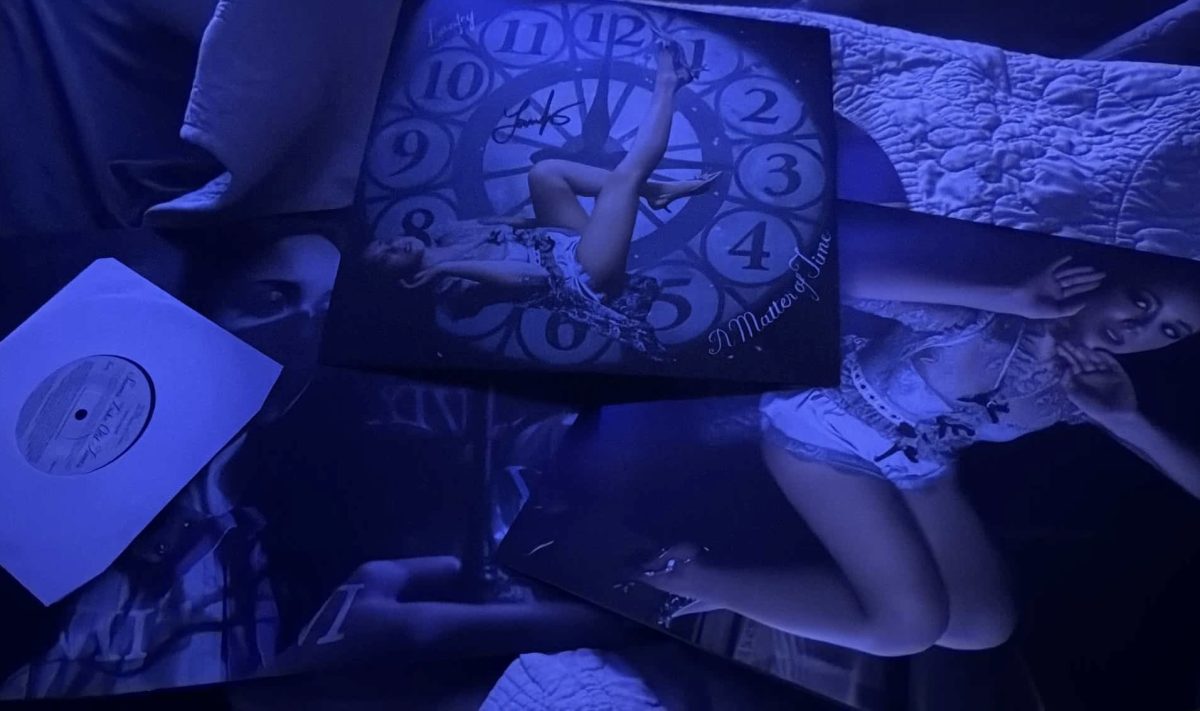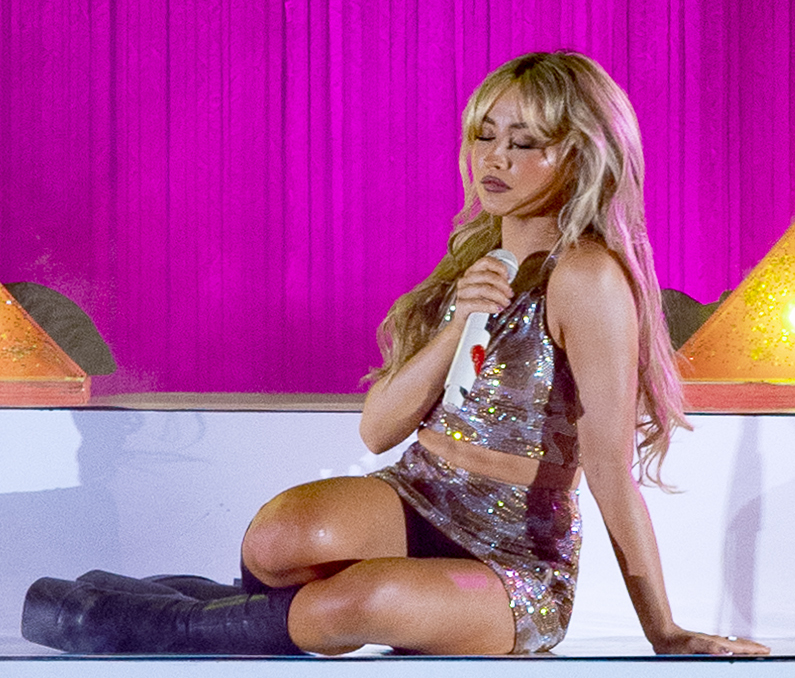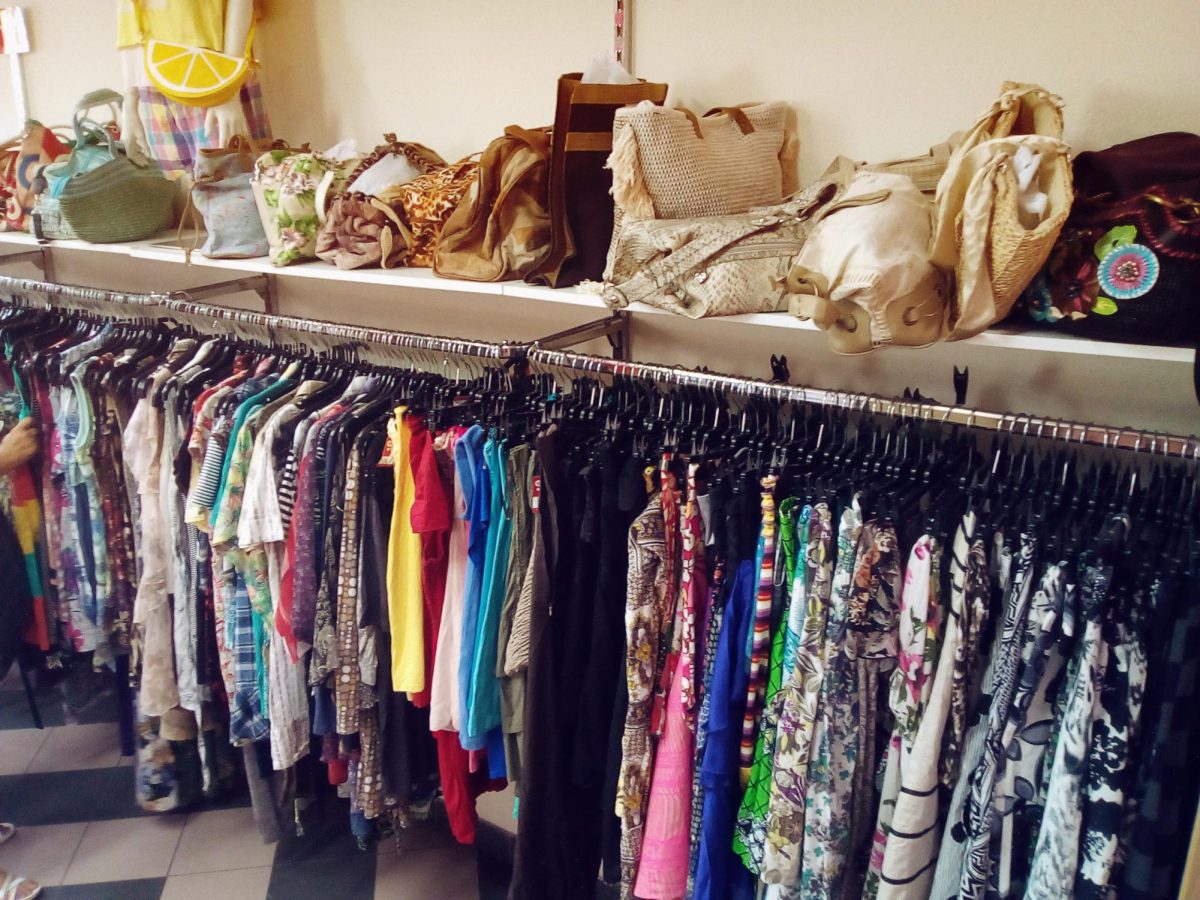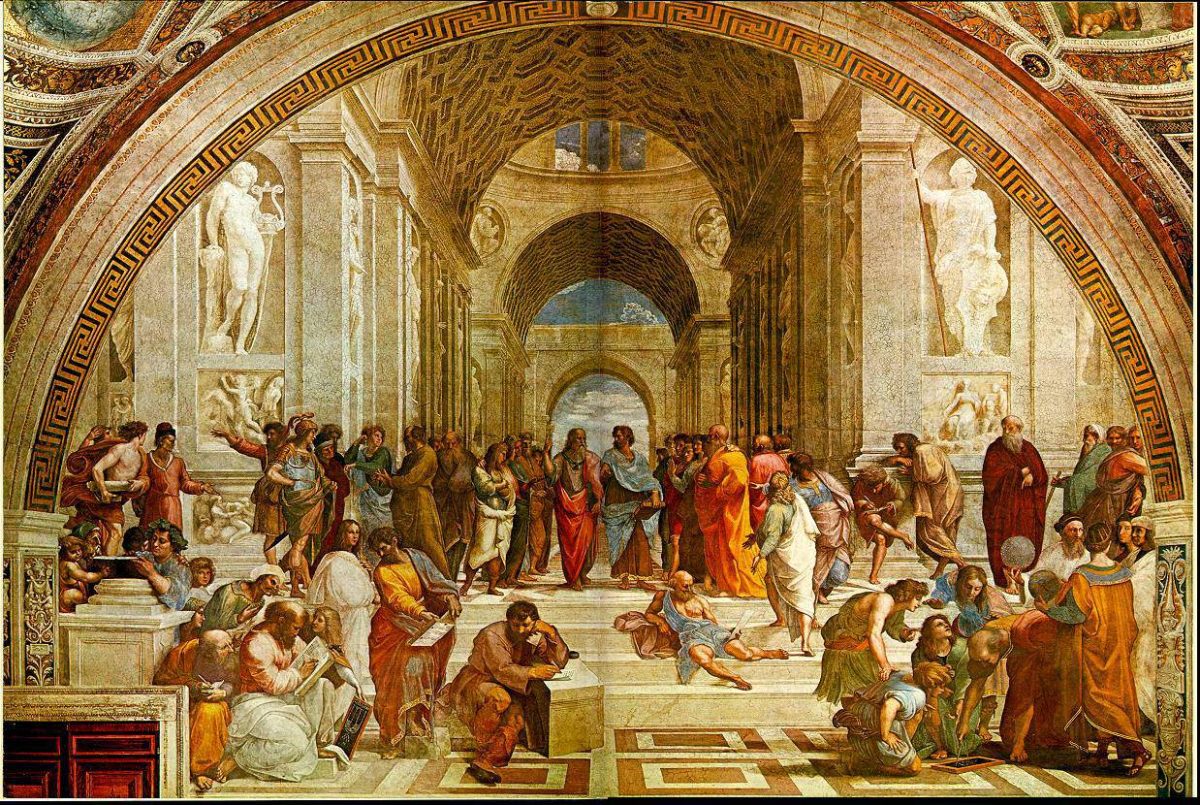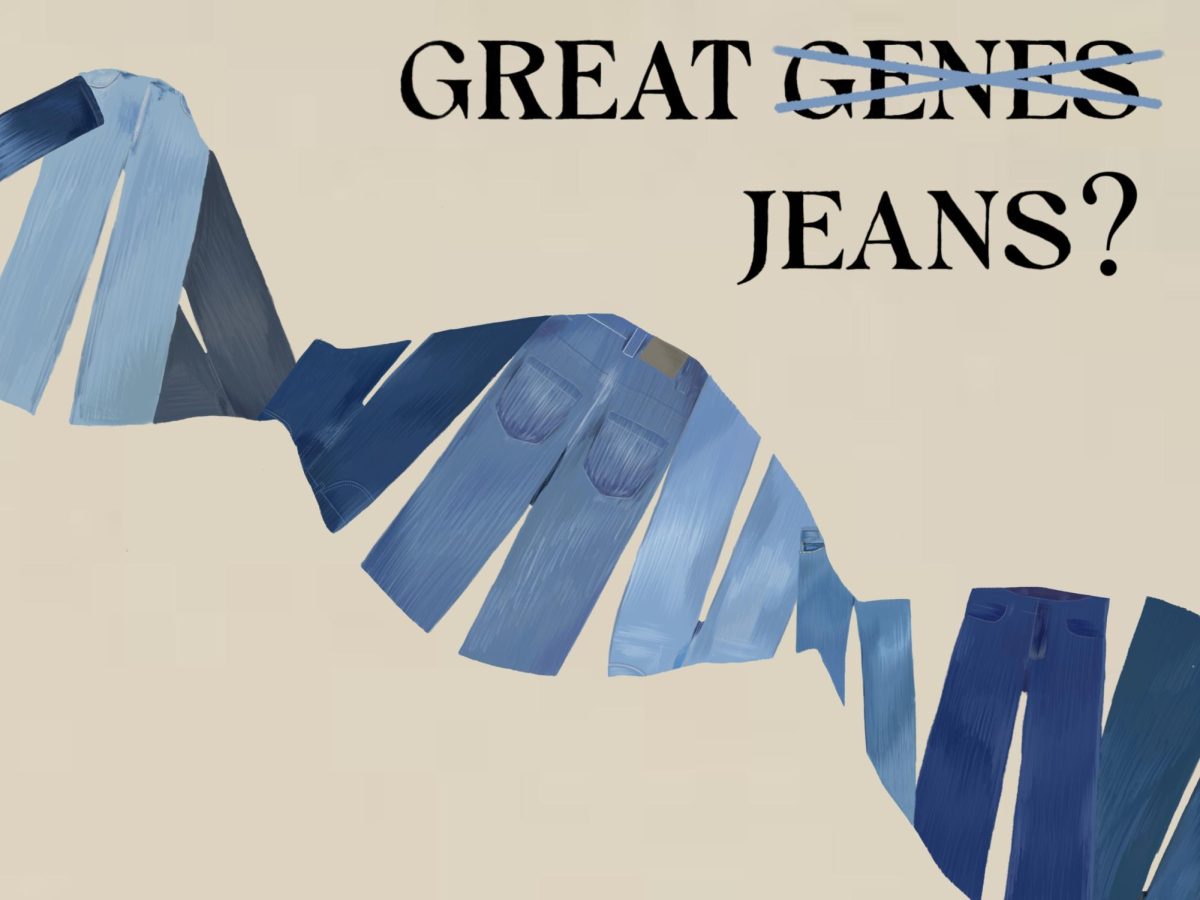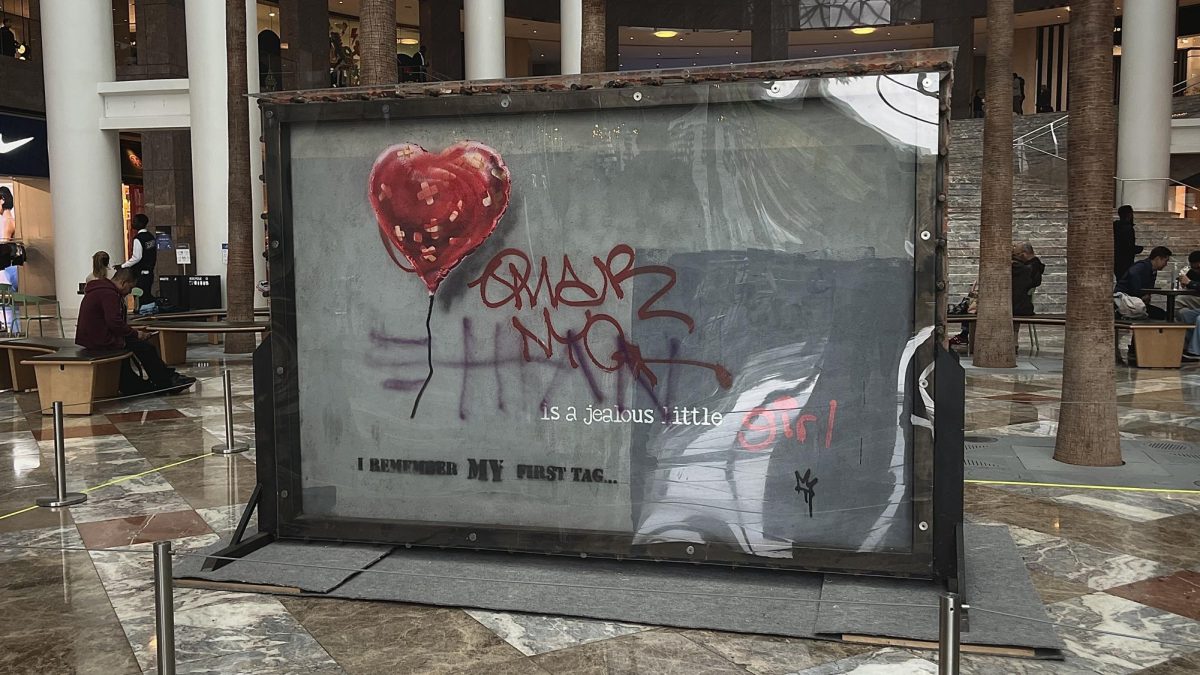In the United States, the norm for acceptable hairstyles has always been skewed towards a Eurocentric standard, reluctantly absorbing Black women into the midst of the process. With the current release of films like Bad Hair from Justin Simien and Dove’s new initiative working towards campaigning for the Crown Act, the once untouchable topic of Black hairstyles is back in discussion.
Emily Ann Moreno works braiding hair at Hair by Susy, a salon in Brooklyn, and dedicates herself to bringing comfort to Black women and permanently including Black hair into the mainstream.
“The majority of the styles that we have worn for forever are necessary. Whether it be a slick back or a gelled down bun. It’s because they told us that our natural edges, our natural hair, how it grows out our head, doesn’t look nice. We wear braids to keep our hair tamed, to keep it maintained because they tried to give us all these chemicals so our hair wouldn’t grow,” Moreno said.
In popular culture, Black hair has historically only been allowed on TV shows labeled as “Black,” for example Moesha, The Cosby Show, and Living Single. A barrier seemed to have been broken when Angela, played by Trina McGee, was introduced as the first and only Black main cast member on Boy Meets World.
Even with Black actresses at the center of programs, in the mainstream, Black hair has never been the norm. That’s So Raven is one of the Disney Channel’s most popular shows, yet despite being centered around a Black girl, not one braid, Afro, dread or tight curl is an insight on Raven.
Black hair hasn’t been underrepresented only on TV shows.
In the field of public office, opinions on the appearance of Black women in high stature have been well documented. Whether it be Condoleezza Rice, Michelle Obama, Shirley Chisolm or Kamala Harris, they have all seemed to part ways with hairstyles subconsciously deemed “too Black” to appeal to the masses.
It’s impossible to say whether it is a strategic yet subtle marketing ploy to not appear “too brash” or “too Black” or offensive to their bases, or if it’s just a case of convenience.
In sports, before the Black Lives Matter movement became more prevalent, other than Serena and Venus Williams, most Black female athletes have also opted to evade wearing their hair in tight curls, Afros or braids of any kind when in the public eye.
A simple Google search of the words “Black Female Athletes” will guide towards a list of 37 women, of which only a handful has ever been photographed wearing Black hairstyles.
This conformity to Eurocentric standards starts young, notably in schools where some dress codes enforced on students implement rules that seem to target and punish people of color. Rules deeming Black hairstyles as punishable contributes to wider discrepancy in how Black students are often punished more. In the US, Black girls specifically make up 54% of girls suspended, despite making up only 20% of girls enrolled.
A prime example would be Andrew Johnson, a New Jersey high school wrestler who was forced to either cut off his dreadlocks or forfeit a match, all because his hair displayed too much “character.”
This was reminiscent of a time when slaves’ hair was cut off to expunge them of their cultural identity.
In the case of Johnson, where education should be the equalizer, it instead allows for the controlling of Black youth through their natural hair once again, contributing to the over-policing of Black bodies.
This covert sentiment encapsulates not only the youth but creeps up into adulthood in the professional world.
In 2018, The 11th U.S. Circuit Court of Appeals ruled it was non-discriminatory for a company to terminate a woman’s job offer because she had dreadlocks, which they claimed “tend to get messy,” underlying a message that Black hair is unruly or unprofessional therefore grounds for termination.
These instances set the bar for what is the norm and what is an acceptable hairstyle on the Eurocentric standard, making it nearly unattainable for Black people.
Films such as Pelo Malo and Good Hair highlight and challenge these stereotypes while people still aim to meet the Eurocentric standard however they can.
According to Statista data, 10.53 million used home hair permanents and relaxers in 2019. Exposure to chemical relaxers that are used by millions of mainly Black consumers during critical periods such as in utero, puberty and pregnancy has been highlighted as a potential risk factor when it comes to alterations of the mammary gland, increasing the risk of breast cancer.
Black women are most likely to be exposed to different types of chemicals by way of scalp lesions and burns, causing uterine leiomyomata tumors that respond to estrogen and progesterone.
With growing concern from these health risks, natural hair salons have become more popular for offering chemical-less appointments that are orientated for Black hair.
“What made me stop getting my hair done was when they finally did make eye contact there was an automatic hike in price; $60 for a wash and deep condition. I’m talking ten years old and it was draining and exhausting to get my hair done. That’s why it was never an option for me or a thought in my head to work in a salon other than one where me and where people like and with hair like me feel welcome. If anything, the Black label elevates us. Gives us a boost. I couldn’t imagine anyone getting their braids done at a salon that isn’t Black owned,” Moreno said.
A rise of DIY YouTube channels and Instagram pages, along with a shift from TV to streaming, created a better relationship between Black women and their hair due to larger representation.
Yet, a dichotomy exists between this recent popularity of Black hair and reactions from people and companies who have labeled it controversial in the past.
“In the seven years I’ve been following these accounts, I’ve never seen them post Black hair, Black hair artists as a spotlight artists, not even a Black hair tutorial, but recently these same accounts have jumped on to the Black Lives Matter movement and do the complete opposite, and I love that, but it’s funny and weird to me that now it gets posted so much. It’s like you guys are so obvious, but what happens when, I hope this isn’t the case, but, when this fizzles over? Will you go back to posting these white women only?” Noah Velez, a hairstylist at Maria Bonita Salon, said.


